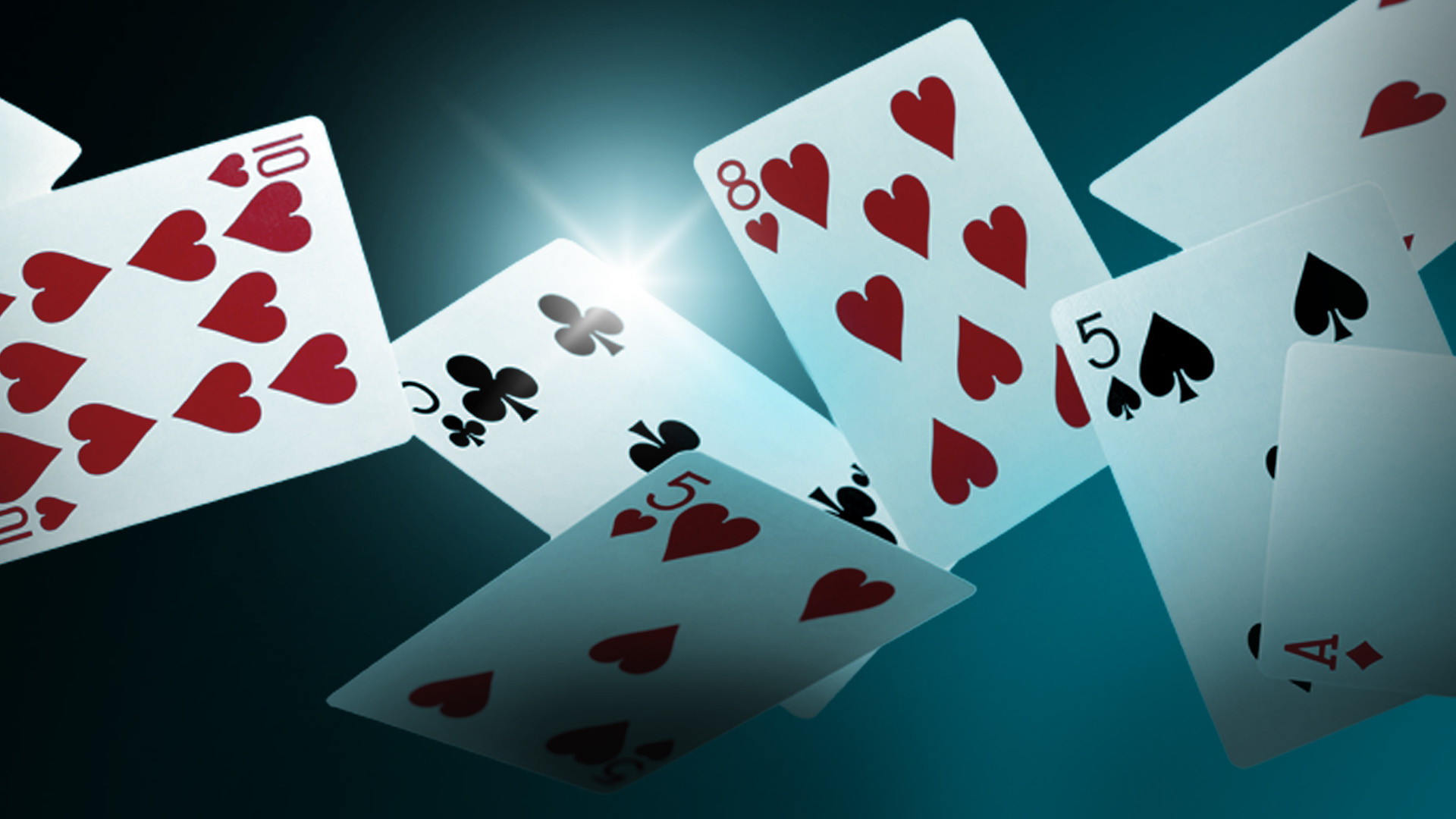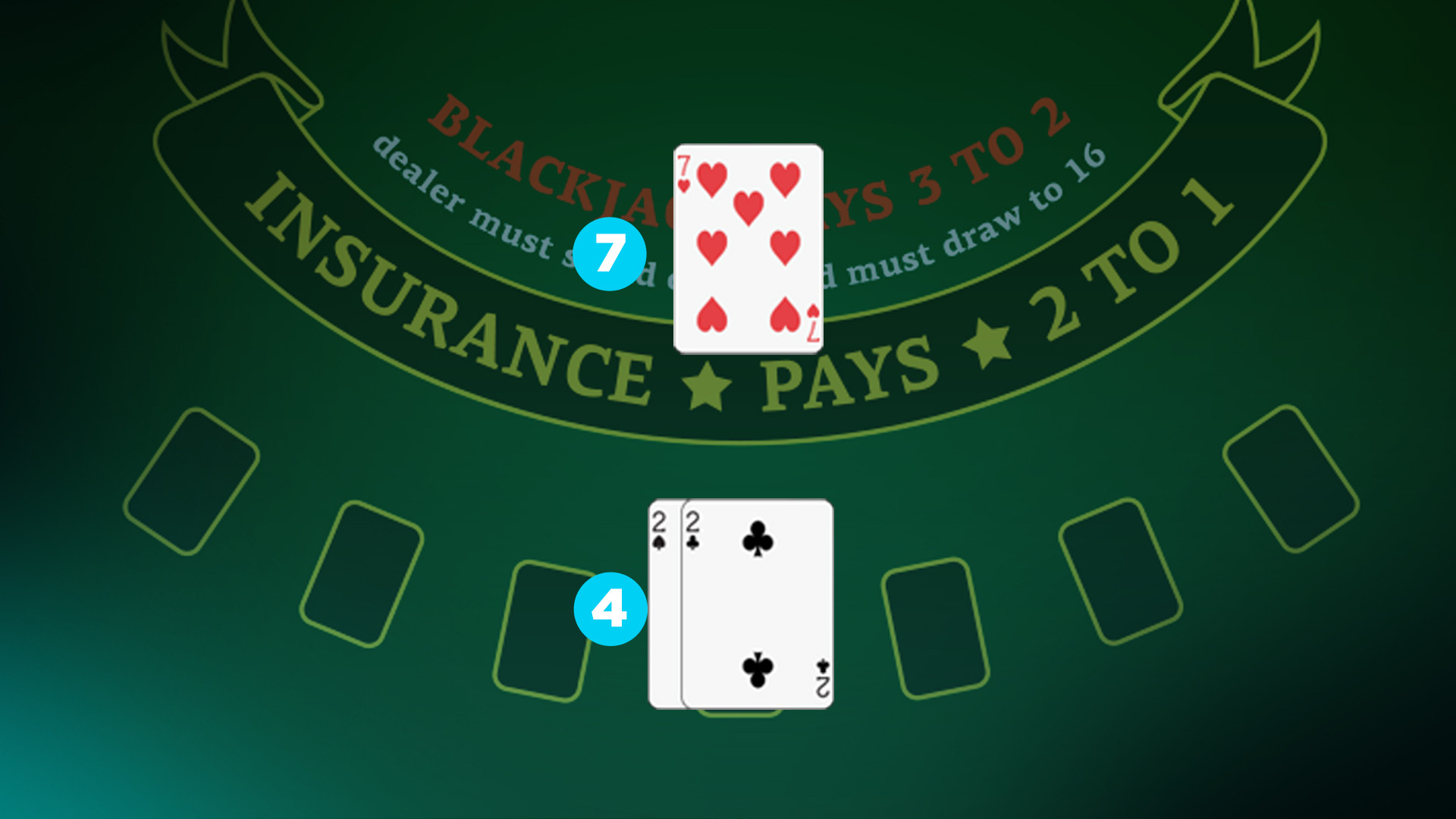
European Blackjack Rules & Tips
European Blackjack is one of the most popular and widely played variants of the classic casino card game. At most casinos in Europe, many consider this to be the standard of the game - and while it shares many common rules and objectives with other types of blackjack games, there are some elements and features that set it apart. In this guide, we will look at the different rules, strategies and unique features of European Blackjack.
Rules for Playing European Blackjack
Objective of European Blackjack
European Blackjack is one of the most popular and widely played variants of the classic casino card game. At most casinos in Europe, many consider this to be the standard of the game - and while it shares many common rules and objectives with other types of blackjack games, there are some elements and features that set it apart. In this guide, we will look at the different rules, strategies and unique features of European Blackjack.
Rules for Playing European Blackjack
Objective of European Blackjack
The objective of European Blackjack is for players to either beat the dealer’s hand or create a hand of 21 (blackjack). Anything over 21 will cause you to go “bust” and lose.
Step-by-step guide for playing European Blackjack
Here are the rules of European Blackjack:
- The dealer draws two cards to each player, and one card to themselves (which is face-up)

- Once all players have their hand, the dealer will receive another card to complete their hand
- After each player has received their first two cards, they will be able to choose from a variety of actions, including:
- Hit: Asking for extra cards
- Stand: Keeping the hand as it is
- Double Down: Doubling their initial bet and getting one extra card only
- Split: If they are dealt a pair, they can split them into two separate hands, each with its own bet
- In European Blackjack, the dealer will have to play according to strict rules. They have to Hit until they reach a total of 17 or more. However, if the dealer goes over 21, they will bust - and every player that still has an active hand will win, no matter what their hand value.
- Players will win if they manage to get a hand value closer to 21 than the dealer without going over. If they are dealt with a total of 21 - an Ace and a 10-point card, then this would be considered a Blackjack and would normally pay out at 3:2.
- If the player and the dealer end up with the same total, it will result in a ‘push' - and the player's initial stake will be returned, neither winning nor losing.
How European Blackjack Differs From Other Blackjack Games
Here you’ll find what makes the game of European Blackjack unique in comparison to the classic American version.
| European Blackjack | American Blackjack |
|---|---|
| House Edge = 0.39% | House Edge = 0.60% |
| Dealer does not have a "hole card" | Dealer receives a "hole card" and can check for blackjack |
| Players can only double down with hard totals of 9, 10 or 11 (Exception in some games) | Option to double down in all scenarios |
| Players can only split once | Players can split up to three times |
| No option to surrender | Option to surrender |
Strategy for European Blackjack
Strategy cards are a great method for learning how to play different scenarios in a game of European blackjack.
You can download our European blackjack strategy card to use whilst you are playing online.
The card displays the most suitable action based on the first two cards you are drawn, and the face-up card of the dealer. These actions are decided based on probability, and what is likely to be the best move statistically.
Tips for Playing European Blackjack
Here are some of our top tips to help you make the most of playing European blackjack.
- Bankroll management - Set a budget, use your budget wisely and avoid chasing losses that would force you to use more than you set out to.
- Understand the unique rules - If you're more familiar with the American version, use the unique rules we outlined above to avoid making mistakes.
- Have a strategy - Use a strategy card, such as the one in this guide, to make more informed decisions about each scenario you are dealt and reduce the house edge.
- Practice - The only way to become more familiar with the rules of this version is to practice. You can always refer back to this guide as you play for strategy, rules and tips.
- Stay calm and learn to walk away - As with any game of blackjack, learn when it is time to walk away to avoid any significant losses.